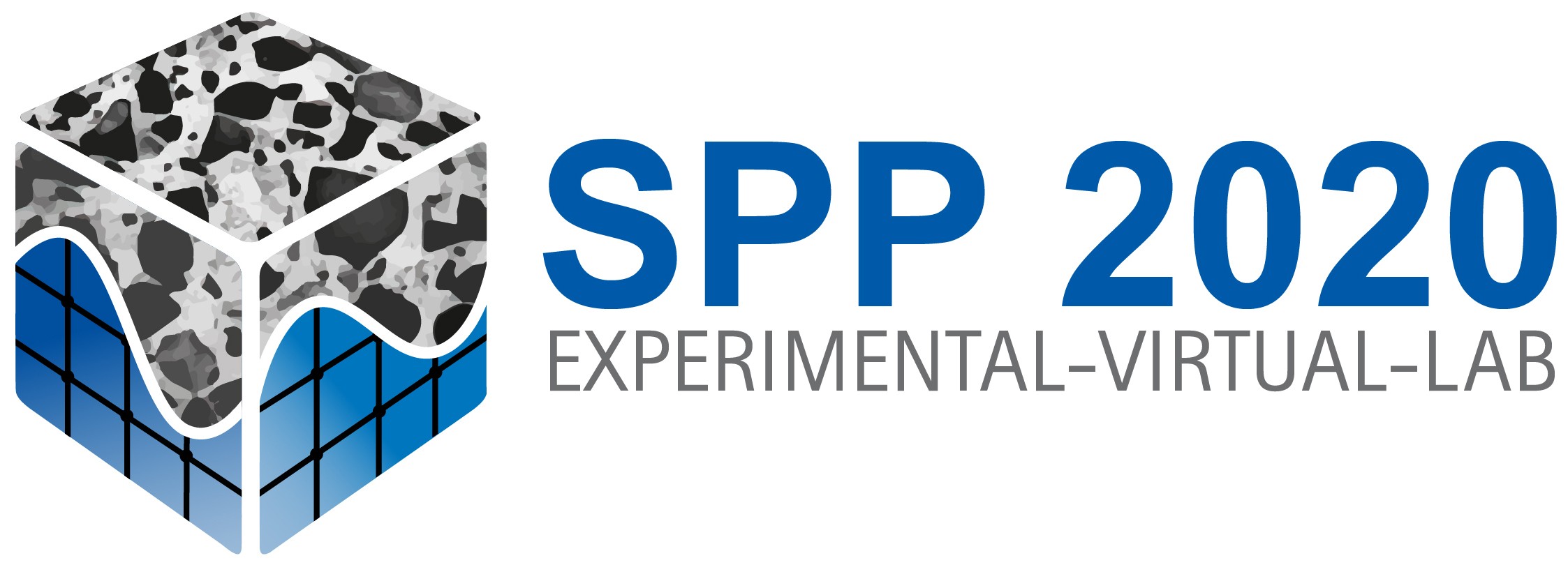Co-Applicants
Project description
With the expansion of offshore wind energy, fatigue-stressed concrete structures under permanent water influence will also increasingly arise. This already applies to the so-called grouted joints, where high-strength fine-grained concretes are used in steel support structures of offshore wind turbines. Such structures are subjected to several hundred million load changes during their operating life. As a significant difference to onshore structures, the offshore exposure results in a significantly increased water content in the concrete.
Although comparatively few underwater tests have been documented in the literature, which also show large scattering, there is nevertheless a largely uniform tendency, namely that concrete samples tested underwater show a considerably lower fatigue resistance than those tested in air. Our own investigations also show that concrete specimens subjected to fatigue stress under water exhibit a significantly different failure behaviour compared to those tested in air. This manifests itself in tests, for example, in rising air bubbles, the escape of ultra-fine particles and early crack formation. Water-induced damage phenomena in concrete fatigue are currently recognised in principle, but are still far from being identified and described with sufficient precision. Consequently, they cannot yet be reliably quantified. Due to these existing gaps in knowledge, they currently largely elude numerical modelling and simulation.
The aim of this research project is to record, analyse and macroscopically quantify water-induced damage mechanisms of fatigue-stressed high-performance concretes in the Experimental Virtual Lab (EVL) using complementary state-of-the-art experimental methods. On the other hand, models are to be created and numerically implemented in parallel on a micromechanical basis, which will make it possible to test the hypotheses derived from experimental investigations in an open-ended manner. Microstructure data obtained by µCT scans, NMR measurements and mercury pressure porosimetry will be used to validate these models. After an initial clarification of the causes by the experimental virtual lab, an attempt is made to achieve modelling on a macroscopic level on the basis of the micromechanical investigations. Thus, it is examined how the medium water influences the degradation behaviour of fatigue-stressed high-performance concretes and which additional water-induced damage mechanisms are significantly involved in the degradation process. This makes it possible for the first time to predict the degradation behaviour of fatigue-stressed high-performance concretes under water on the basis of microstructure-oriented parameters.
